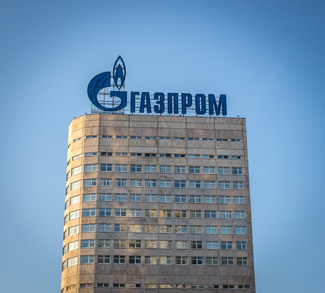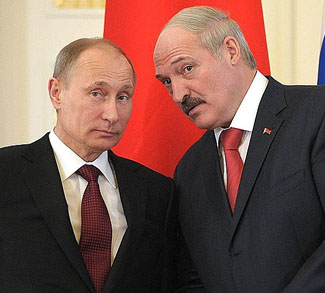After initial deployments in Ukraine and Syria, the African continent has become the main theater for Wagner Group operations.
The Wagner Group has been present in Libya at least since 2018. The country has a strategic importance for Russia’s energy firms, as it is rich in high-quality oil and is close to Italy, a key market and a gateway to Europe. Since 2014 Libya has been ravaged by a civil war between the Government of National Accord (GNA) in Tripoli and the Tobruk-based House of Representatives (HoR), which is protected by General Haftar’s Libyan National Army (LNA). Moscow backs the HoR, and oil represents a major driver in this decision. In 2008, Libya’s National Oil Corporation (NOC) concluded an agreement with Gazprom, followed by a deal with Rosneft in 2017, concerning oil fields in the east – the same area controlled by Haftar’s forces. According to a US Department of Defense report to Congress, as many as 2,500 Wagner-affiliated mercenaries were in Libya in the first quarter of 2020; and the US Africa Command (AFRICOM) has published evidence of Russian warplanes and of Wagner Group activities in the country, suggesting a Syria-like pattern.
The Wagner Group is also present in the Central African Republic (CAR). The country is torn by a conflict involving the central government and various rebel groups, notably the Muslim-majority Séléka and the Christian-dominated anti-Balaka. To deal with them, in early 2018 the authorities contracted Russian mercenaries to train local security forces and protect President Touadera, who even raised the possibility of hosting a Russian base in the country. But the CAR is also rich in mineral resources, particularly gold, uranium, diamonds and oil. Russian mercenaries were soon deployed to defend the mining sites and in 2019 a firm belonging to Prigozhin’s conglomerate (Lobaye Invest) was granted gold and diamond extraction rights. These activities seemingly took a sinister turn in 2018, when three Russian journalists who were investigating Wagner’s involvement in mining were mysteriously killed. Bellingcat’s inquiry reveals that ‘Mazay’ had been in the CAR just three weeks before their assassination. Later, other reporters who tried to clarify the circumstances of their death were harassed.




